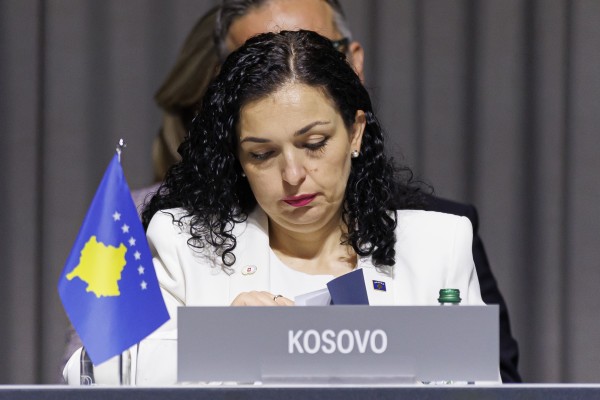The International Press Institute (IPI) today released a new report examining best practices adopted by newsrooms in Europe for addressing online harassment and attacks against journalists.
In the context of the overall issue of harassment, the report, which is the outcome of visits to dozens of newsrooms in five European countries, focuses specifically on female journalists, who have been shown to receive different and more vicious online abuse than their male colleagues.
 IPI conducted research in 45 newsrooms, where it carried out interviews with editors, heads of audience, social media editors and journalists. The research further included interviews with media experts from civil society and academia. In addition, a total of eight focus groups with female journalists and freelancers were held to discuss measures for preventing and countering attacks affecting those groups specifically.
IPI conducted research in 45 newsrooms, where it carried out interviews with editors, heads of audience, social media editors and journalists. The research further included interviews with media experts from civil society and academia. In addition, a total of eight focus groups with female journalists and freelancers were held to discuss measures for preventing and countering attacks affecting those groups specifically.
Although the numerous journalists, editors, managers and other experts who contributed to this study were given the possibility to speak about the problem of online harassment in both gender-neutral and gender-specific terms, there was almost complete agreement, across all countries and news organizations visited, not only that female journalists are more often targeted in online attacks, but also that the attacks experienced by women are especially vicious and often highly sexualized.
In addition to surveying the measures adopted by newsrooms, the report offers a set of recommendations directed at media outlets, editors, journalists and states, including the following:
For media organizations:
- Put in place a support system. This requires developing the internal structures for reporting and swiftly reacting to the attacks based on the guidelines provided for journalists and media managers.
- Provide training for editors, moderators and journalists alike on trauma risk management, awareness of online harassment and digital safety. Training should be carried out regularly due to the constantly changing nature of digital attacks (hacking attempts, phishing, etc.)
- Create a database to log threats and attacks on journalists and the actions adopted to address them. This database is useful for tracking cases and their current status – e.g., status of the police investigation, whether the target is receiving psychological or other support – and for evaluating the efficiency of the measures implemented.
- Carry out two types of risk assessment: one regarding the threat level from the post or message, and one regarding the emotional impact on the targeted journalists. These risks will not always correlate. This assessment should involve, where possible, the digital security team, the editor or line manager, the legal team and the journalist.
For states:
- Raise awareness among public officials, particularly police and judicial authorities about relevant aspects of online harassment, insults and threats, and which legal remedies are available for journalists targeted with online abuse .
- Assign a dedicated prosecutor, or team of prosecutors, to deal with online threats. Consider gender balance in the selection of the prosecutors due to the often-sexualized nature of online attacks on women.
The research specifically examined measures implemented by newsrooms in four different areas: Pre- and post-moderation mechanisms for both on-site comments and social media posts; psychosocial support strategies; legal assistance; and, finally, coordination with social media platforms to tackle campaigns of online abuse against journalists. Building on these findings, IPI will shortly launch an online research centre for media organizations and journalists to prevent and counter online attacks that seek to intimidate and discredit the press.



